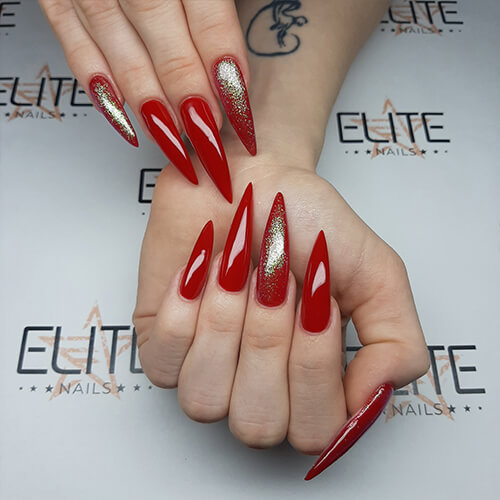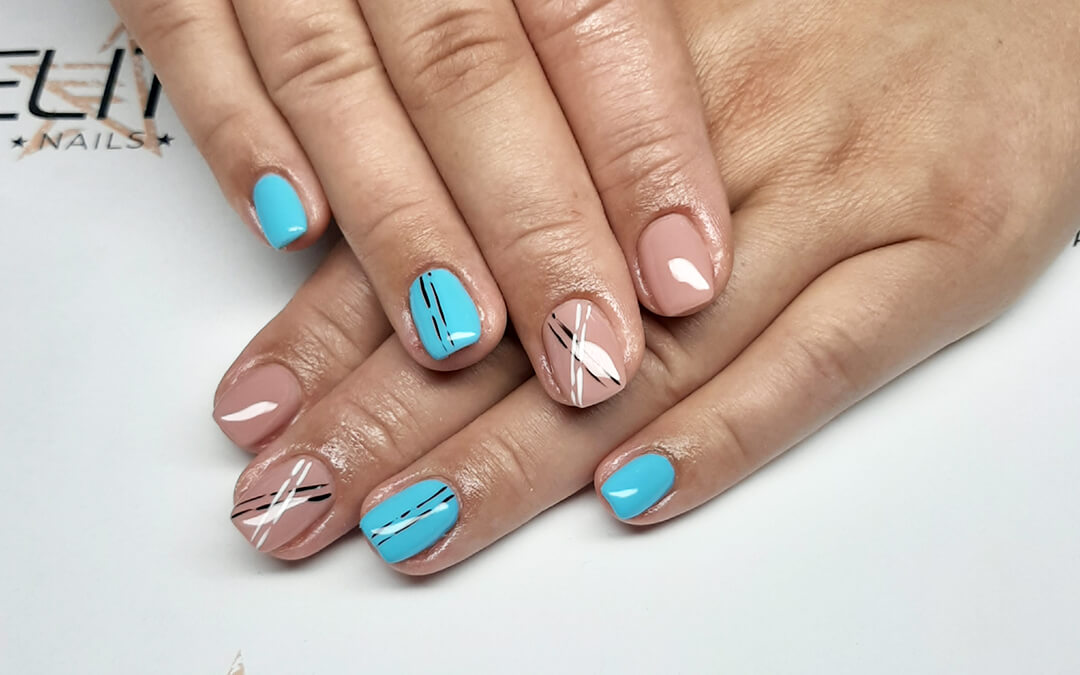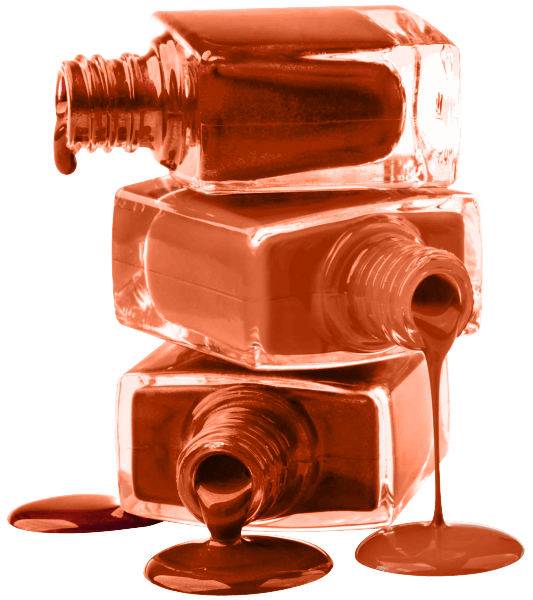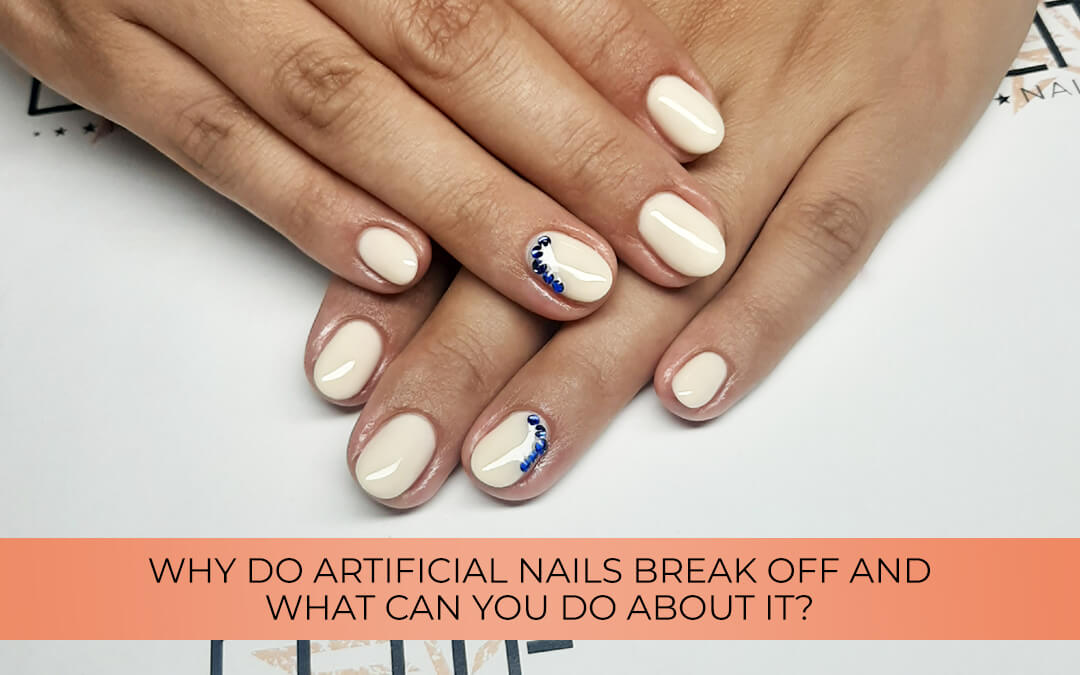How to prevent acrylic nails from breaking?
There can be a number of reasons for artificial nails to break off, which can be very frustrating. Especially if you have your new, few days old artificial nails damaged. This is why it is better to know the most common reasons for the problem and also how to prevent them. If you have already had a similar problem, this post may be useful for you too.
What will this post be about?
Why do artificial nails break off and what can you do about it?
Why do artificial nails break off?
Why do artificial nails come off?
Causes of artificial nail falls
Broken artificial nails
Too thick artificial nails
Artificial nails for thin nails
Nail adhesion
Why do artificial nails break off?
In the case of artificial nails, on the one hand, thoroughness on the part of the nail specialist is important. A poorly constructed artificial nail can easily break off from a small blow. On the other hand, caution and proper use on the part of the guest are also important.
Common causes include overfilling of artificial nails, omission of degreasing preparation fluid (primer), moreover the condition of the natural nails is also an important factor. In the case of thin, weak nails there can be problems with the adhesion and with the building, and the risk is also significant when building on chewed nails.

Why do artificial nails come off?
Improper preparation is among the most common causes. Before building artificial nails, it is extremely important that natural nails are cleaned of all kinds of dirt, grease and oils. Proper and thorough preparation is very important. This is the only way to build a strong and long-lasting artificial nail that does not come off.
Another very common problem that can cause artificial nails to come off is improper mixing of raw materials, such as in the case of acrylic artificial nails.
Do you want to know how I build artificial nails? Check out my references or learn more about my artificial nail building service!

Causes of artificial nail falls
The falling off of artificial nails is usually caused by aeration. Aeration occurs when artificial nails are not properly fluffed everywhere on natural nails, especially near the nail bed. In this case, the material comes in contact with the cuticle or adherent skin and this causes aeration.
Aeration is avoidable with the adequate preparation, the removal of the adherent skin, and if the artificial nail is not built on the skin.
Broken artificial nails
If your artificial nail made of acrylic or gel is damaged or broken, there is a possibility to repair it. In this case, the damaged part can be repaired with the help of silk or fiberglass without removing the artificial nail.
In contrast, glued nails cannot be repaired. In this case, the nail must be removed and reworked.
Too thick artificial nails
A recurring error and problem is, when the artificial nail technician builds a nail that is too thick. Not only does this have an unnatural effect, but if it is broken off in one blow, the natural nail surface can be damaged more easily as well.
Artificial nails for thin nails
Fedezze fel Replica Hublot – The Highest Quality Fake Hublot | Swiss Movement. Mindegyik óra a kifinomult kivitelezést a svájci szerkezet pontosságával ötvözi, páratlan élményt kínálva az óra szerelmeseinek. Replika óráinkat úgy tervezték, hogy megragadják a luxus lényegét anélkül, hogy a minőségben kompromisszumok születnének, így tökéletes kiegészítői gyűjteményének. Vásároljon most, és emelje fel stílusát lenyűgöző választékunkkal.
Nail adhesion
Problems with adhesion occur, especially in the case of fragmented, weak nails. Thorough preparation is extremely important for the artificial nail to adhere properly and last. Oily, greasy dirt must be removed from the surface of the nail, and it is important to use a primer. After that, the nail must not be touched by hand.


